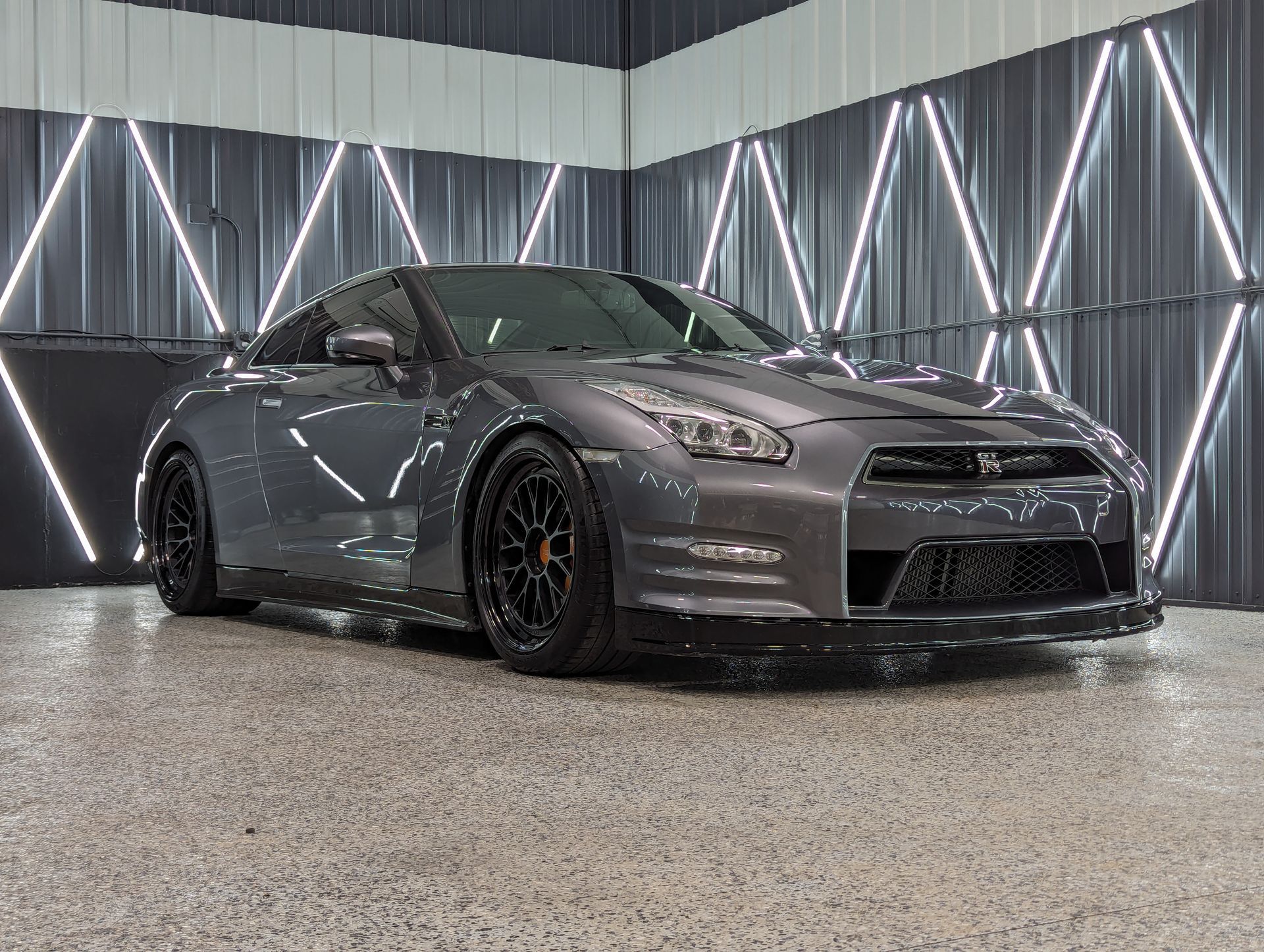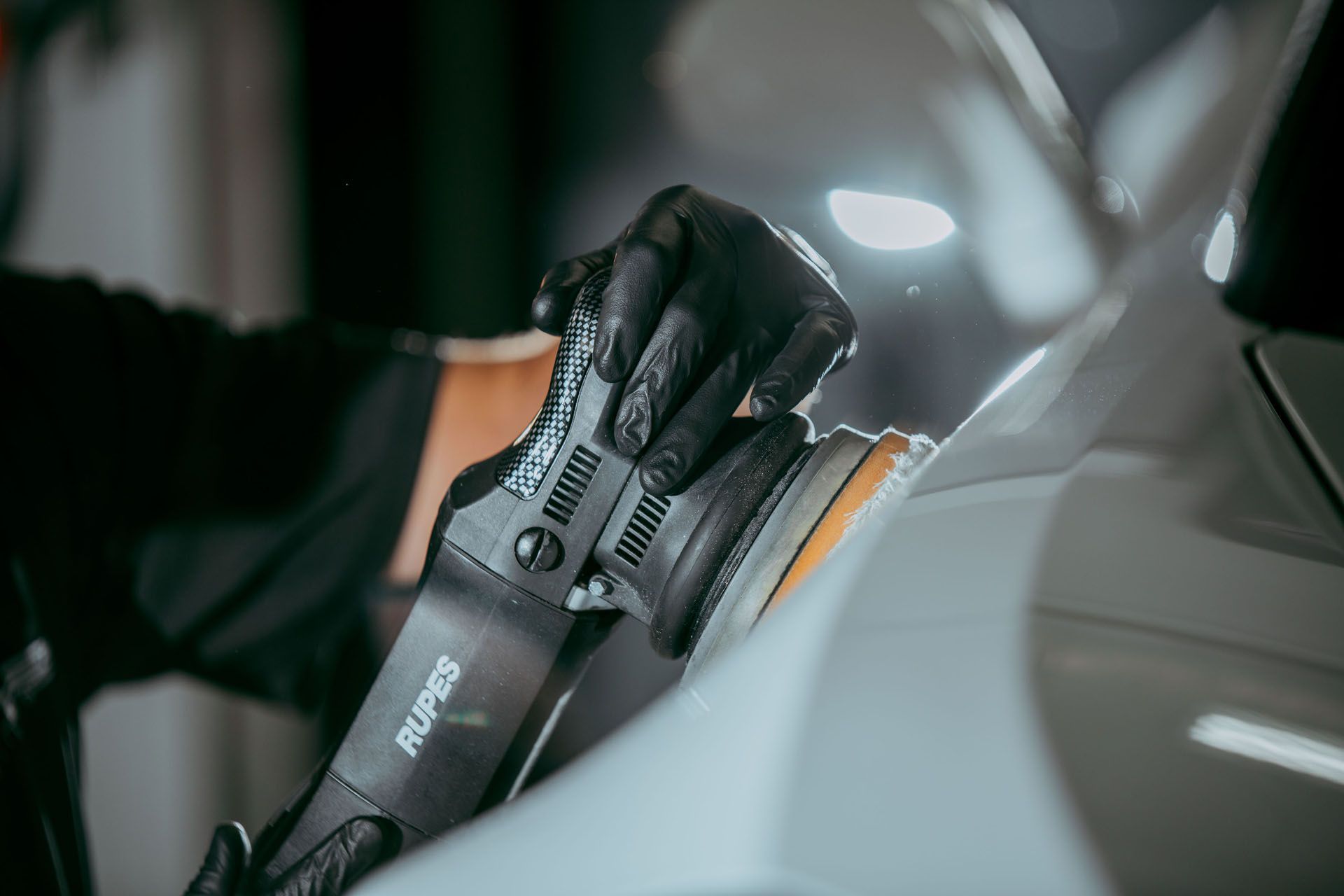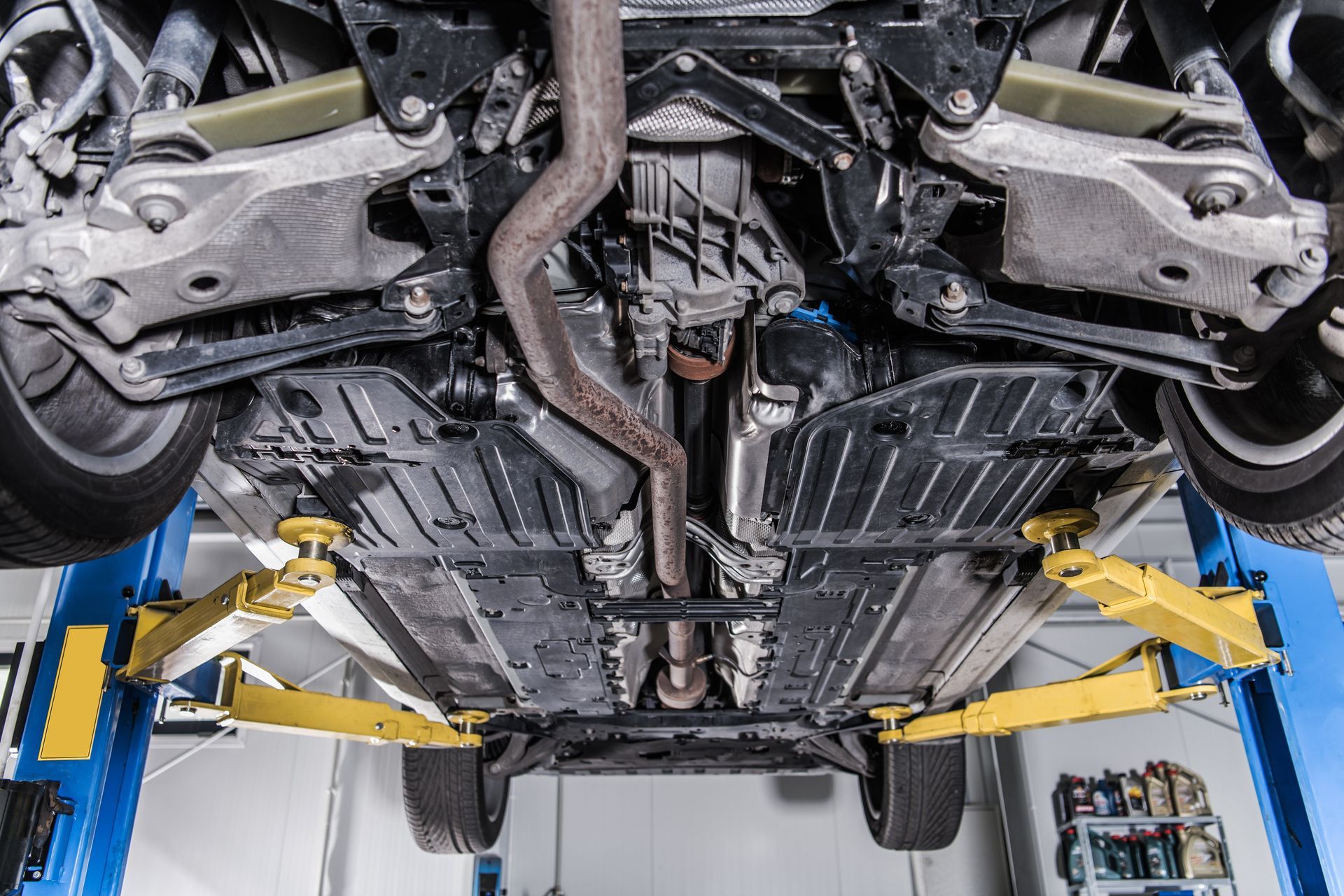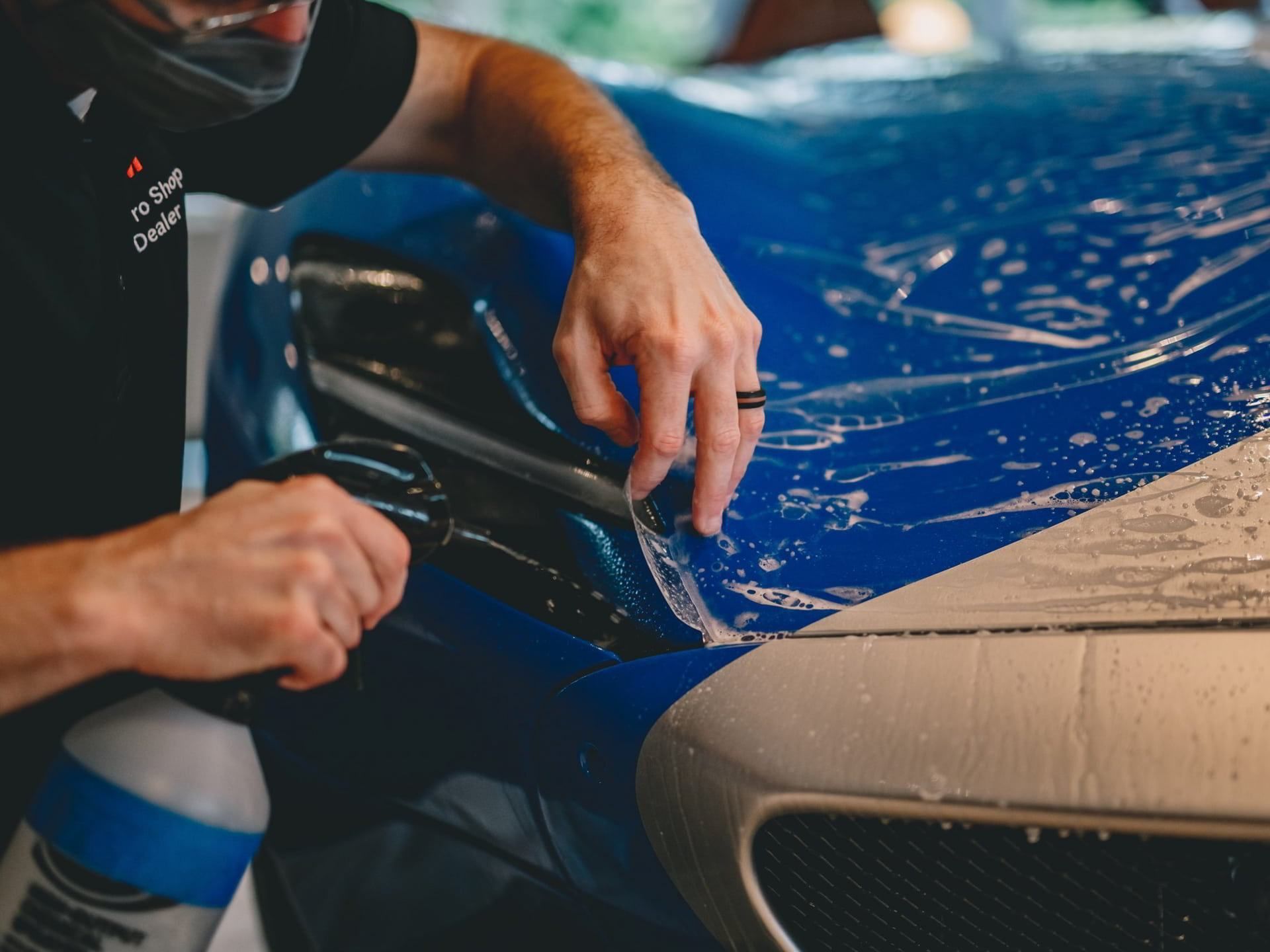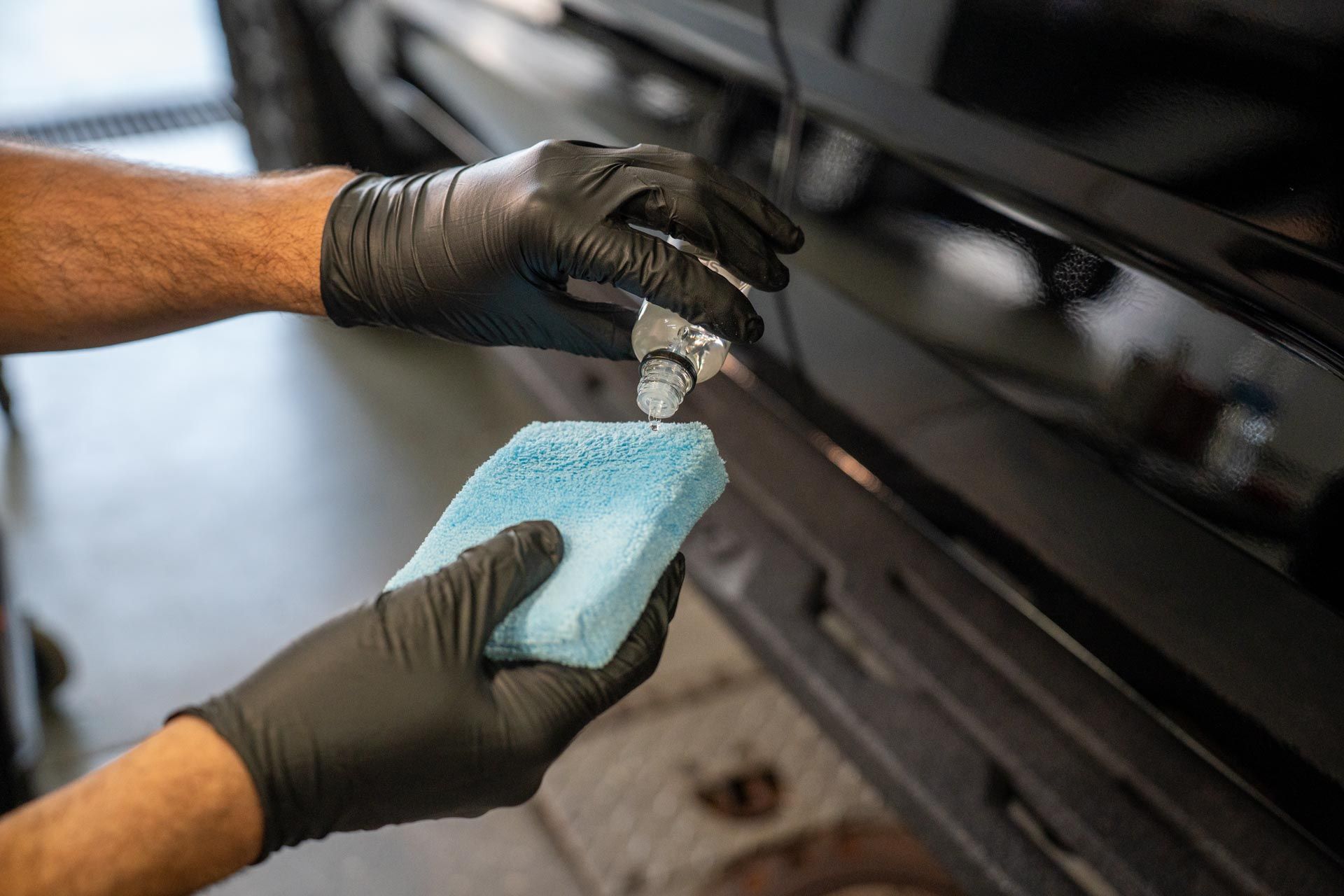Phone: 701-426-6715
Everything You Need To Know About How Paint Protection Film Works
Paint Protection Film (PPF), also known as clear bra or invisible shield, is a thin layer of protective film applied to the surface of a vehicle. PPF is a popular aftermarket upgrade for car owners who want to protect the paint of their vehicle against dings, chips, and other types of harm which it encounters on the roads during daily driving. But before investing in paint protection film for your vehicle , it’s important to to properly understand exactly what it is and how it works.
In this article, from the expert team at Infinity Auto Styling in Bismarck, ND, we will look more closely at paint protection film and explore how it works to provide such a high level of protection to your vehicle’s original paintwork.
What is paint protection film made from?
Thermoplastic urethane (TPU) material is typically used to create Paint Protection Film (PPF). TPU is a kind of plastic renowned for its flexibility, toughness, and resistance to impact and abrasion, making it a perfect choice for vehicle protection.
Because it is transparent, PPF can be applied to a vehicle’s exterior without altering how it looks. PPF comes in a variety of thicknesses and grades, depending on the desired level of protection. Some PPF products also have the ability to heal on their own, so small dings or scratches will fade away over time.
How does paint protection film work?
PPF functions by forming a barrier between a car’s paint and contaminants in the environment. PPF can be applied to the surface of a vehicle and ranges in thickness from 6 to 12 mils, depending on the desired level of protection.
PPF fits the body’s curves and contours when it is applied to a vehicle. This enables it to offer comprehensive protection against a variety of potential risks. PPF has the capacity to “heal” itself when minor harm is sustained because it is a self-healing material. This is because the material has a memory, which allows it to return to its original shape after being stretched or distorted. The self-healing qualities are activated by heat, such as warm water or sunlight.
When a small rock or other type of debris hits the surface of the PPF, the material absorbs the energy of the impact and distributes it over a wider area. This helps to prevent the paint from being scratched or chipped. If the PPF is scratched or scuffed, it will heal itself over time which reduces the need for regular paint touch ups which can be costly.
Overall, paint protection film is a highly effective and highly durable form of protection for any vehicle’s original paintwork.
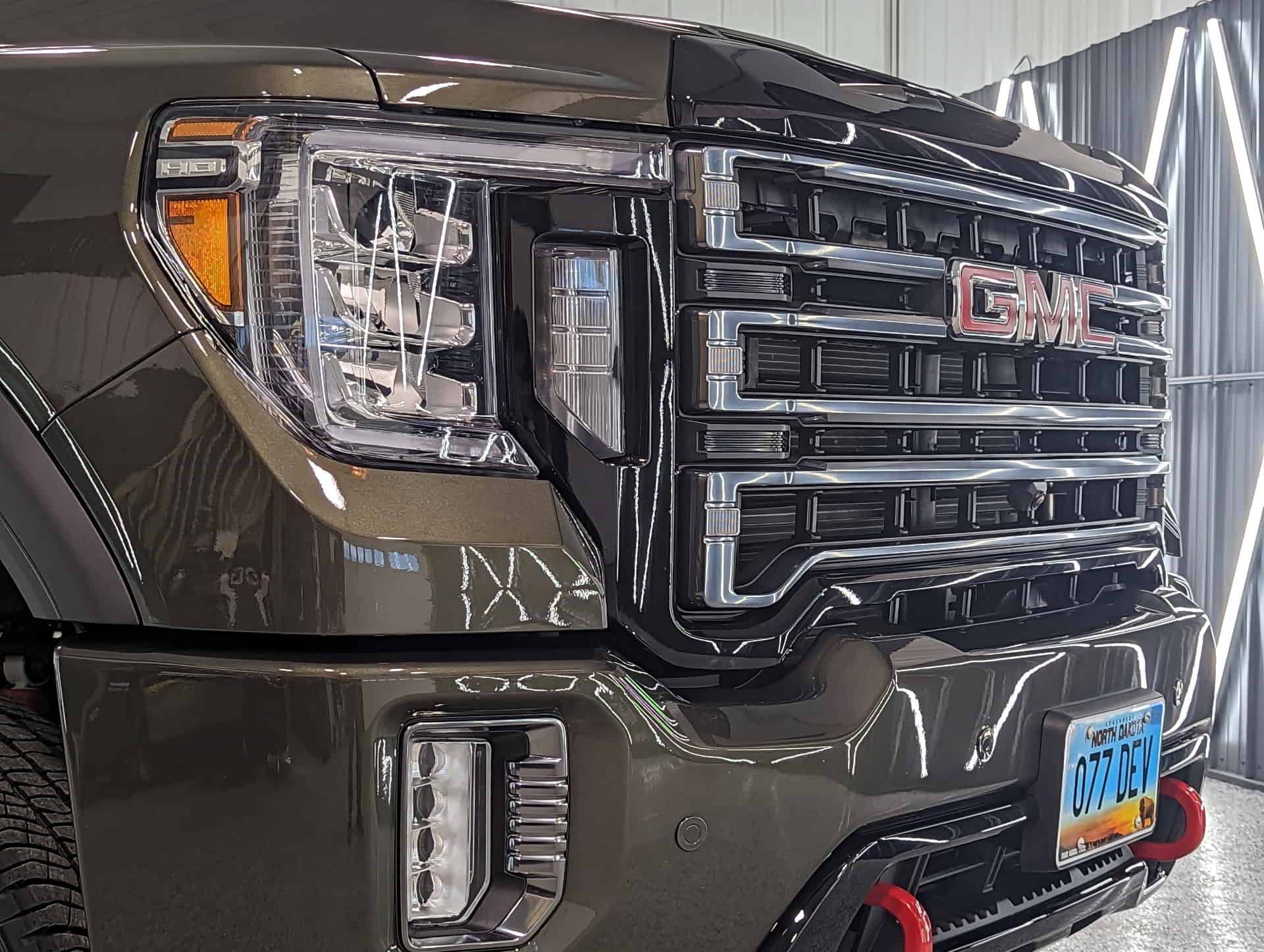
Can you install paint protection film by yourself?
While installing paint protection film (PPF) by yourself is possible, it is not advised unless you have previous auto detailing experience and feel comfortable handling the material. PPF needs to be installed precisely and carefully in order to adhere properly and offer the desired level of protection.
Prior to applying the film, the surface of the vehicle must be thoroughly cleaned and prepared. Any air bubbles or wrinkles that may develop during installation must be removed with a squeegee or other tool.
Due to the complexity of installation, a lot of people prefer to have PPF installed by a qualified detailing company that is familiar with the material and has the right equipment and installation methods. The trained technicians at a reputable detailing shop can guarantee that the PPF is installed correctly and give you peace of mind that the PPF will offer the desired level of paint protection for your car .
Should you consider paint protection film for your vehicle?
If you want to keep your car’s paint looking brand new for years to come, you should definitely consider investing into paint protection film for your vehicle. PPF offers an additional layer of defense against dings, chips, and other types of damage that can happen while driving regularly.
PPF not only safeguards the paint on your car, but also preserves its resale value. Potential buyers are much more drawn to a well-kept vehicle with flawless paint, and PPF can help to make sure that your car’s paint remains in excellent condition.
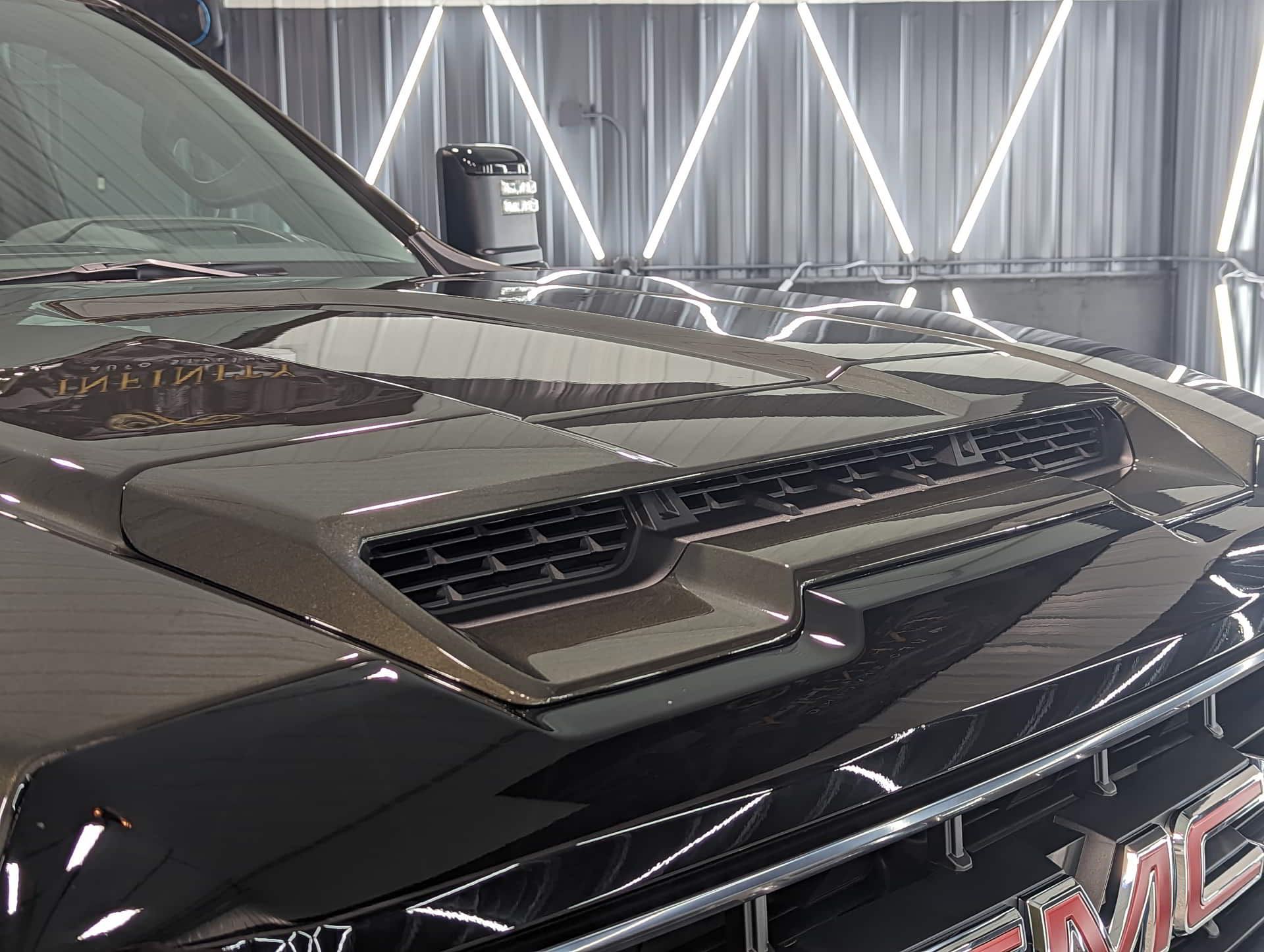
Where can you find the best paint protection film services in Bismarck, ND?
Infinity Auto Styling in Bismarck, ND, are experts in the PPF installation process. We only work with premium grade PPF from the industry leading brands to ensure the best results for your prized automobile. If you’re looking for the best paint protection film services in the local area, look no further than the expert detailing crew at Infinity Auto Styling in Bismarck, ND!
Schedule your time and book an appointment with us at +1 701-426-6715 or come to our location at 2049 71st Ave NE Unit 4, Bismarck, ND 58503, United States . Book your PPF appointment today!
Infinity Auto Styling Blog


